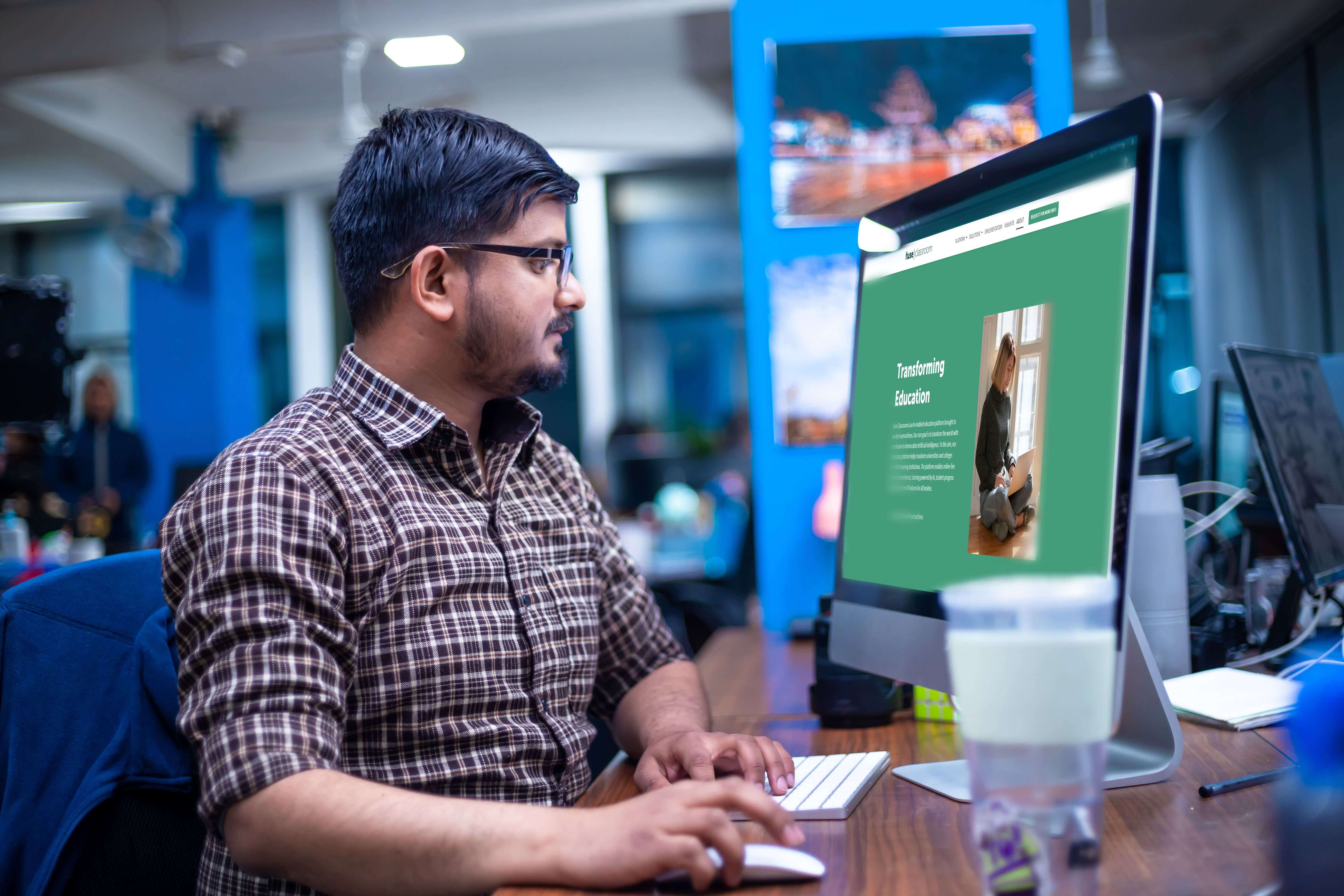The global demand for an effective digital learning module is skyrocketing. With the gradual digitization of the education system in Nepal and worldwide, experts believe going fully online is not the best approach to develop an effective teaching-learning process. Rather, what we need is a blended learning approach incorporating both onsite and online teaching modalities.
Blended learning, also known as “hybrid learning,” combines traditional classroom based teaching with technology and online tools. This approach doesn’t replace teachers but assists their teaching methods, boosts student engagement, and promotes student achievement. A thoughtful combination of digitized content and one-on-one interaction in class results in better learning outcomes.
Here are 5 ways blended learning benefits teachers.
Enhances accessibility to multiple digital learning content
With the blended learning approach, students can access curated digital course content easily. Students mostly rely on textbooks, notes, and handouts to study in traditional learning settings but the incorporation of digital content like videos, PDFs, games, and online quizzes makes education more accessible and interesting. With tons of learning apps and digital resources, students have more flexibility to engage in learning anywhere at any time. They can instantly acquire new resources or ask questions about material via online forums or group chats.
Better tracking and performance evaluation
Blended learning solutions include online tools that give instant feedback to students and vice-versa making it easier for teachers to track student progress. Teachers can cater to individual student’s needs and dedicate time and effort accordingly. As per a teacher at Assabet Valley Regional Technical HighSchool in Massachusetts, blended learning has helped her students get back on track before final tests. She states, “Blended learning helps meet those standards that [administrators] want for us as educators. When a student is absent, as long as they have Internet access (they) can remain updated on the instruction.”
With an automated learning management system, teachers can analyze student metrics to get an idea of who is doing better via test scores and course engagement. Should someone fall behind, teachers can identify their weaknesses and build a customized plan for them.
Improved communication
A survey conducted in the US and the UK showed 75% of young internet users said they preferred communicating digitally via email, text message, and social media rather than in person. Incorporating online communication tools is essential for better communication among students and teachers. Embracing ed-tech makes online learning experiences better as students can reach out to teachers anytime. Those hesitant to speak up in front of a class might feel more comfortable communicating with peers and teachers via messages and discussion boards.
Boosted personalized learning
Blended learning boosts personalized learning as it makes it easier for students to learn at their own pace. Teachers cannot personalize lessons for large groups of students or understand the individual needs of these students. With the blended approach, students front-load content online and conceptualize and learn on their own before class. Teachers can manage class time more productively by reserving it for interactive discussions and group projects.
Minimizes costs maximizes creativity
Teachers benefit from blended learning the most when it comes to saving money and increasing creativity. Digital content can be repurposed without spending on course preparation. Live online classes eliminate commutes and their corresponding costs. This reduces the cost of education for students as well, making it more affordable while maintaining quality. By implementing blended learning strategically, an institution could reduce costs by nearly 50%! Teachers can explore creative teaching strategies and reconstruct conventional methods by leveraging technical competencies and promoting unique learning modules including critical thinking, gaming infused learning, personal projects, virtual debates, project competitions, and more.
The blending learning approach promotes a number of effective teaching tactics pushing students’ engagement and retention. Although it might seem challenging at first, it is easily adaptable and helps tap creativity and makes education more accessible and affordable.
Want to know more about blended learning and why Nepal needs it? Read our blog here!

